
Nicollet Self Service Car Wash vs Nature
Nature taking back the car wash after what seems like weeks of rain in Minneapolis. The car wash on Nicollet Ave has been abandoned for years.
Explore photos and posts tagged Abandoned.

Nature taking back the car wash after what seems like weeks of rain in Minneapolis. The car wash on Nicollet Ave has been abandoned for years.

Long vacant convention center in Gary Indiana.

The scoreboard at the Genesis Convention Center in Gary, Indiana.
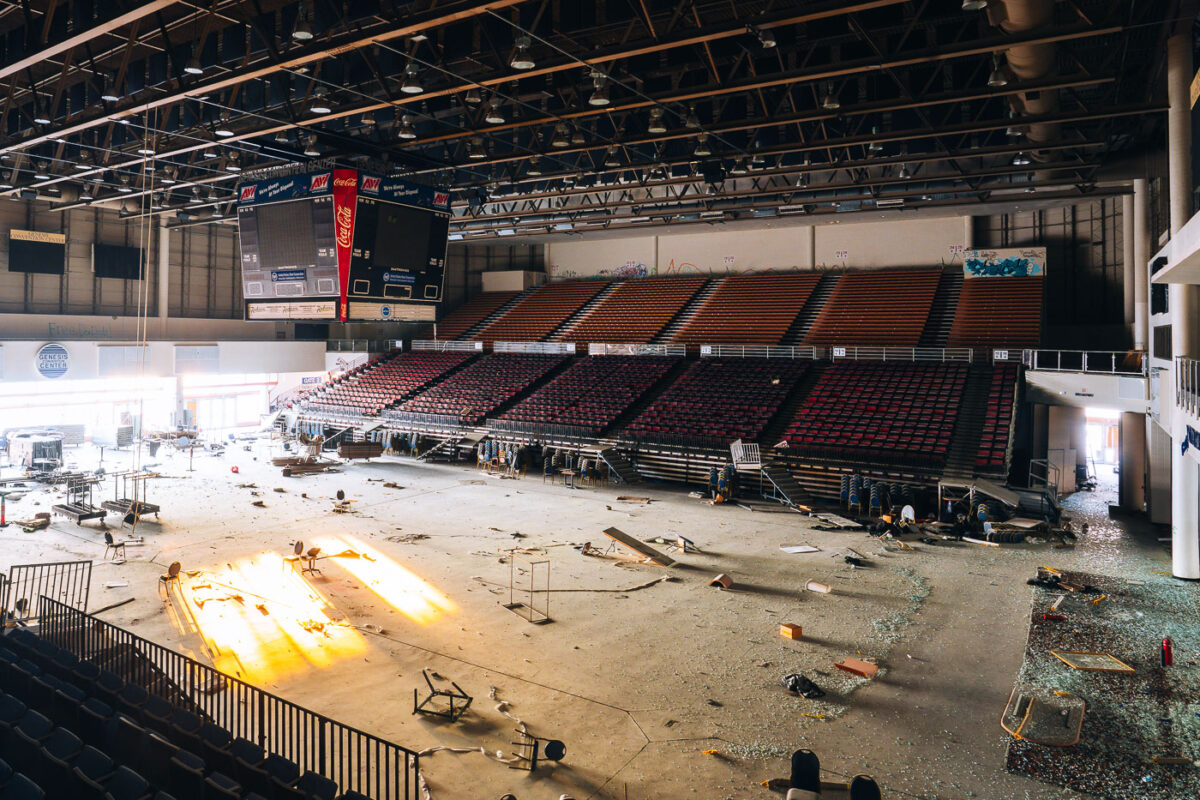
The Genesis Convention Center in Gary Indiana.
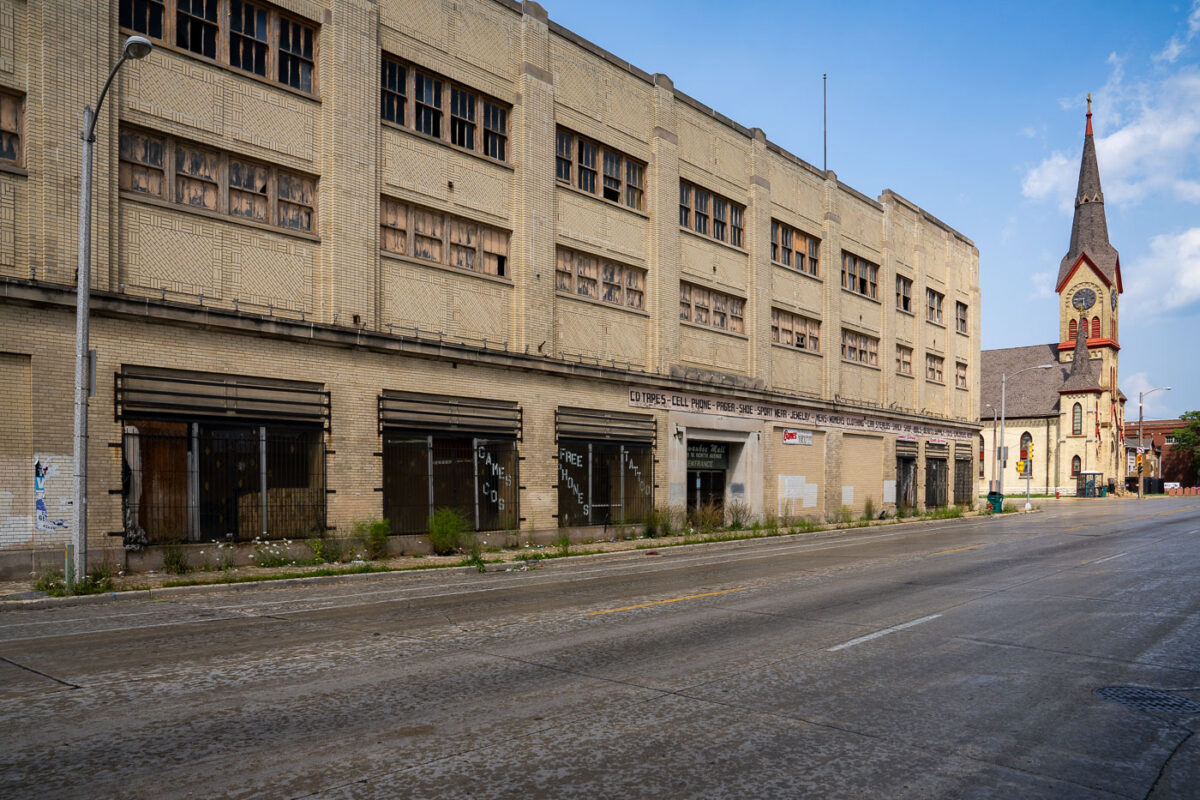
The long abandoned Milwaukee Mall building on North Avenue as seen in August 2023.
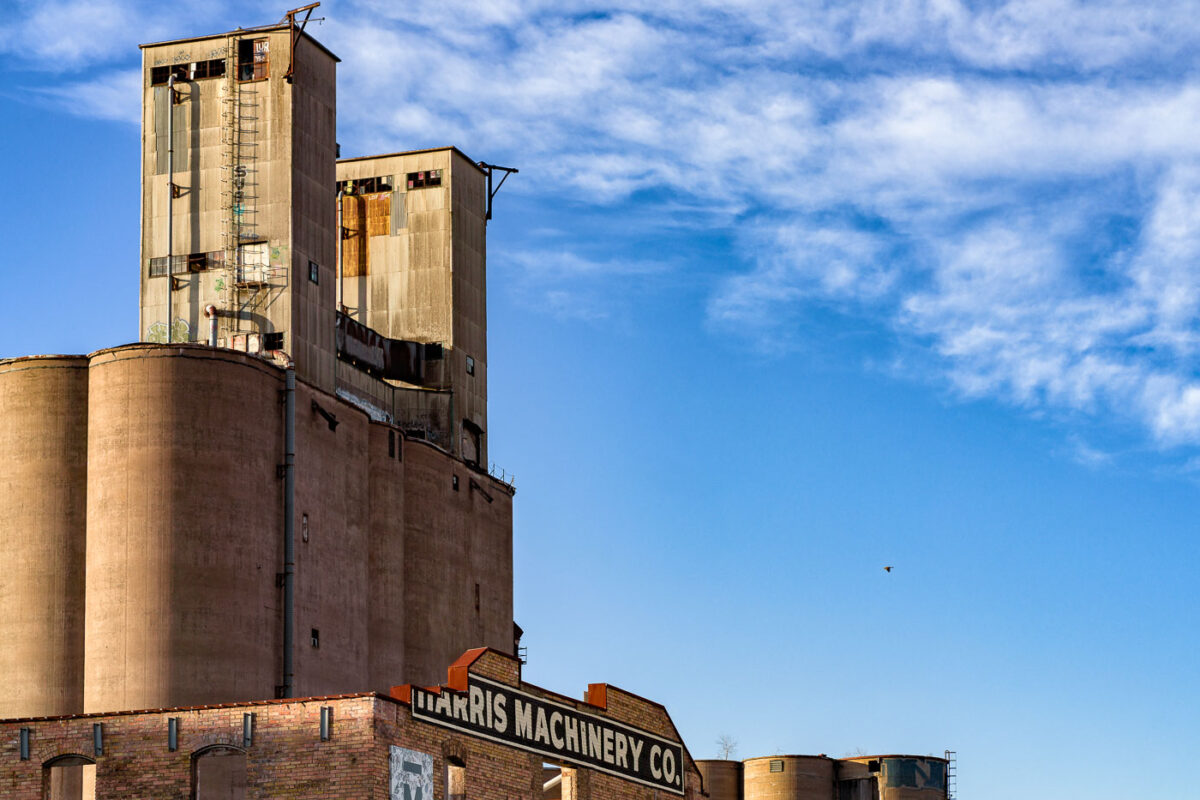
The aging ADM grain elevator rises over the Harris Machinery Co. building in Minneapolis, a reminder of the city’s long industrial relationship with grain milling and riverfront commerce. These concrete storage silos and metal-clad headhouses were once central to moving Midwestern grain through the milling district, part of an infrastructure network that fueled Minneapolis’s identity as the “Flour Milling Capital of the World.” Harris Machinery Co., a longtime supplier of industrial equipment, occupies the foreground, its brick façade contrasting with the weathered surfaces of the towering elevator. The structures together illustrate the layered industrial history of the city’s working riverfront.
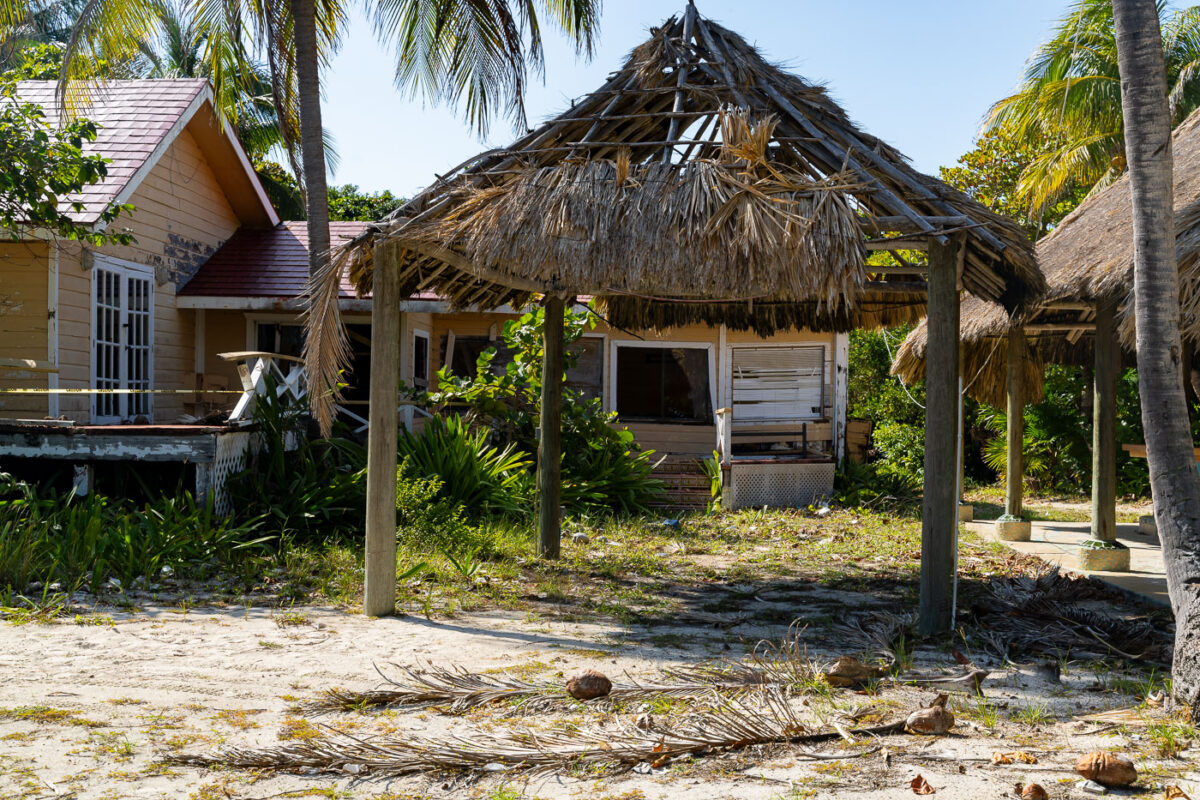
Abandoned hut Ambergris Caye, Belize

A former Wedding Chapel found in the Caribbean.
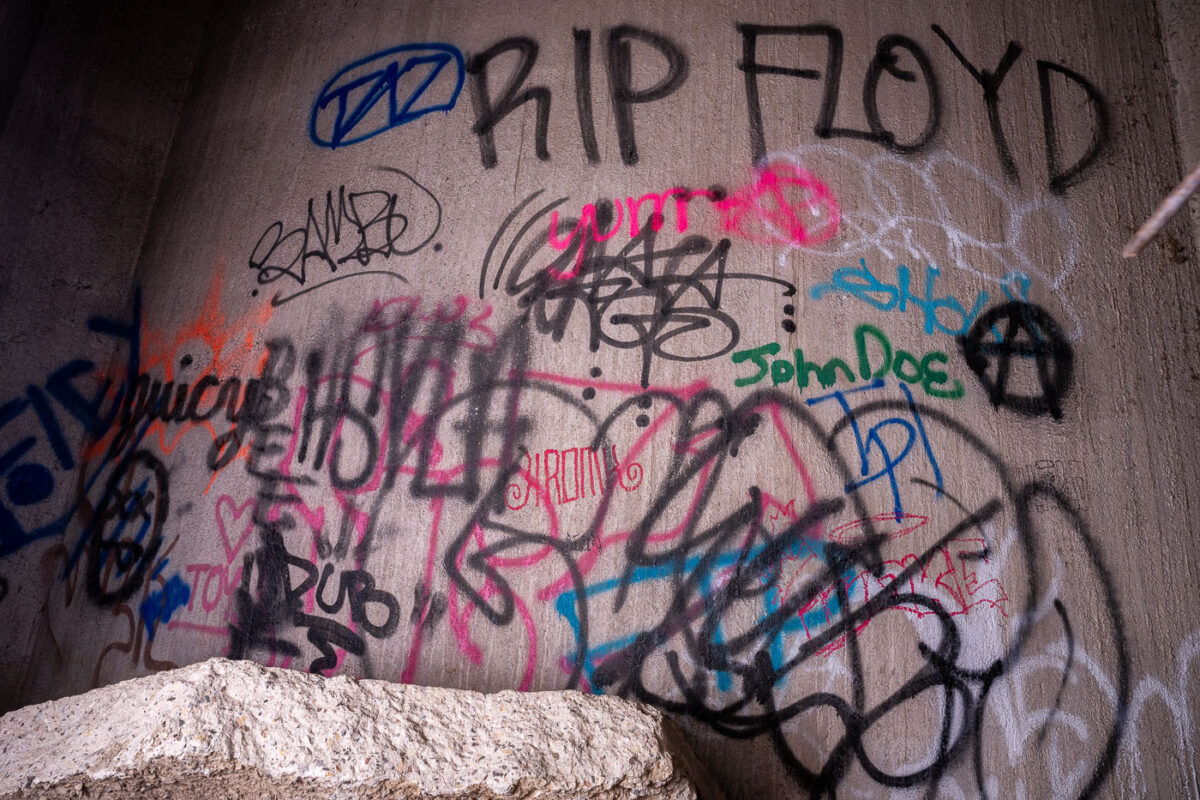
RIP Floyd written inside a popular abandoned building in Minneapolis.

Built in the early 1930s, Chateau Hutter was originally envisioned as a European-style resort and winery overlooking Sturgeon Bay in Door County, Wisconsin. The stone building, designed with locally quarried limestone and heavy timber framing, has long been abandoned but still stands as a striking relic of pre-war leisure architecture. Its location on a bluff above Lake Michigan and its craftsmanship make it one of the region’s most enigmatic remnants of early tourism development.
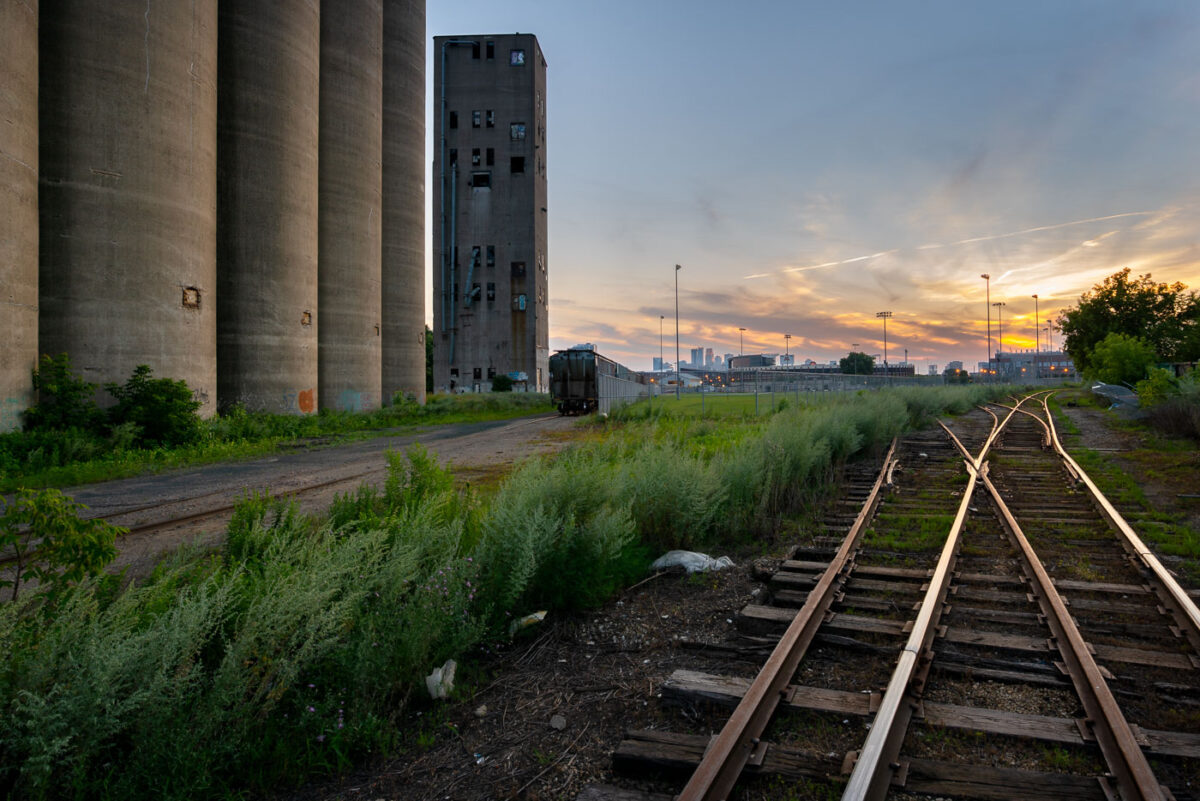
Train tracks outside the long abandoned massive concrete Archer-Daniels-Midland Delmar Elevator No. 7 in Minneapolis.
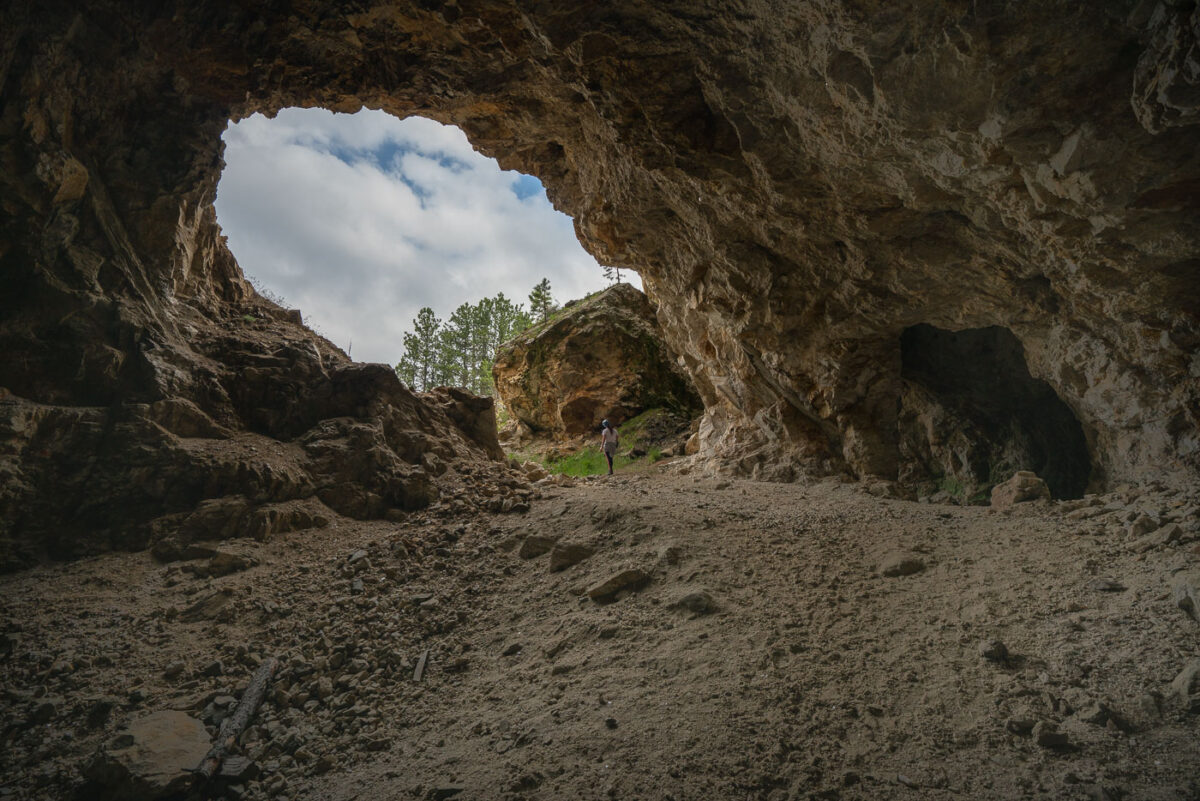
An abandoned mine in South Dakota near the Black Hills.

Carved into a rugged slope of weathered schist and limestone, this small mine entrance sits near the historic mining corridors west of Custer, South Dakota — a remnant of the Black Hills’ 19th-century gold rush. The opening, likely hand-dug or expanded with early blasting techniques, leads into mineral-rich rock layers once prospected for gold, silver, and iron sulfides that fueled the regional boom of the 1870s. Surrounding the portal are piles of tailings and fractured quartz veins that reveal the area’s geologic complexity — part of an ancient mountain uplift more than 1.8 billion years old. Today, the forest has begun to reclaim the site, with pines and brush growing over the spoil heaps, blending traces of human industry back into the Black Hills landscape.
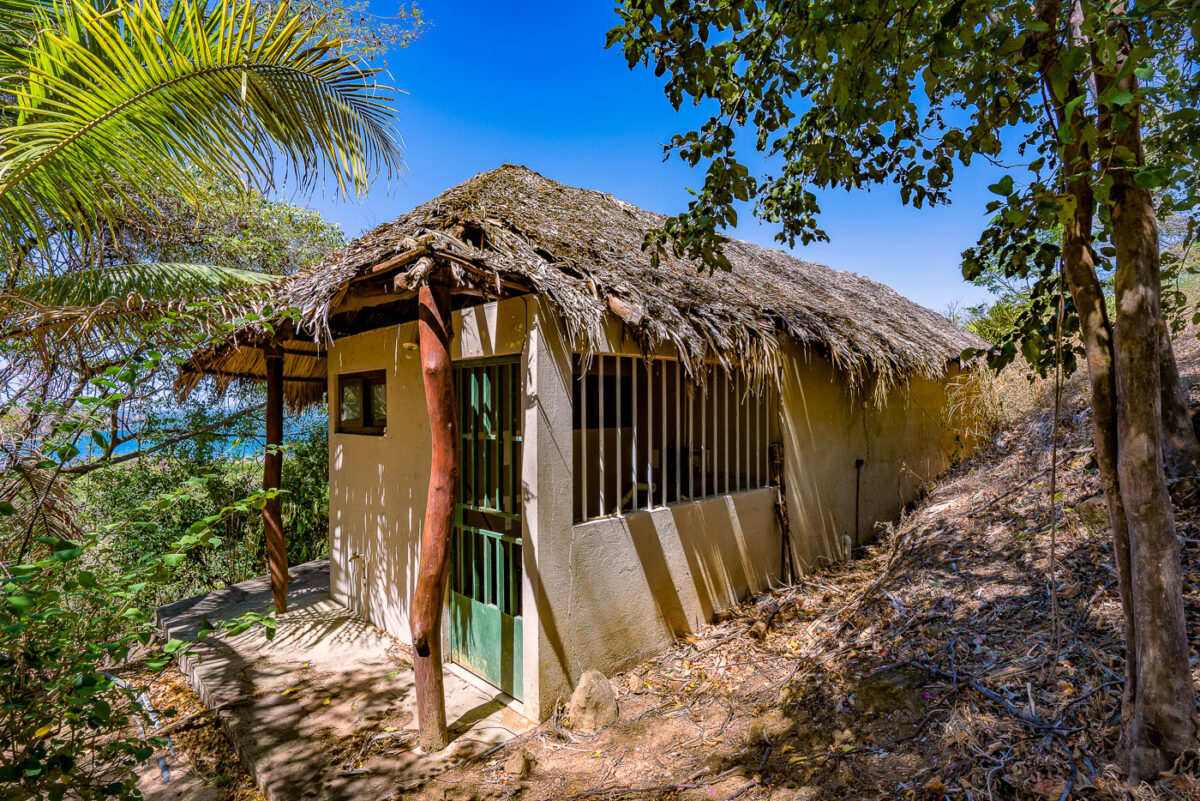
What seemed to be an abandoned resort found in El Jobo, Costa Rica.
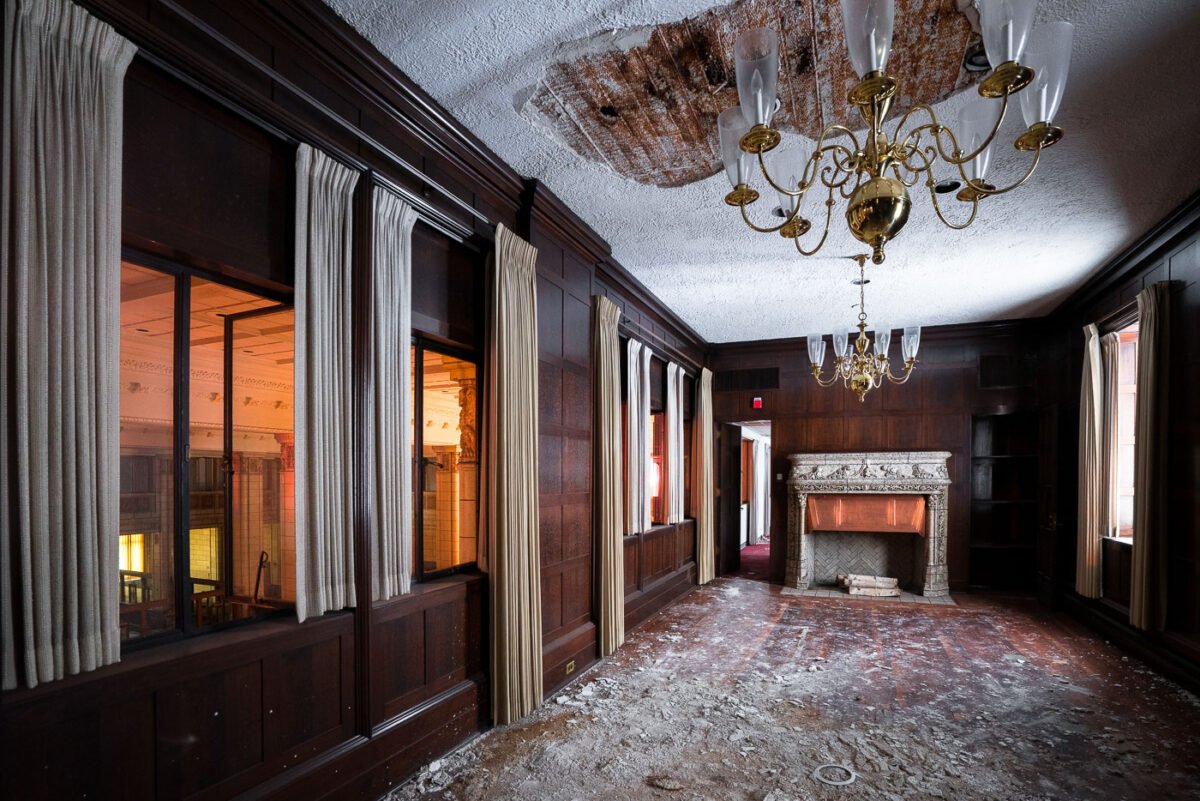
A chandelier and fireplace in the room of an abandoned downtown bank.
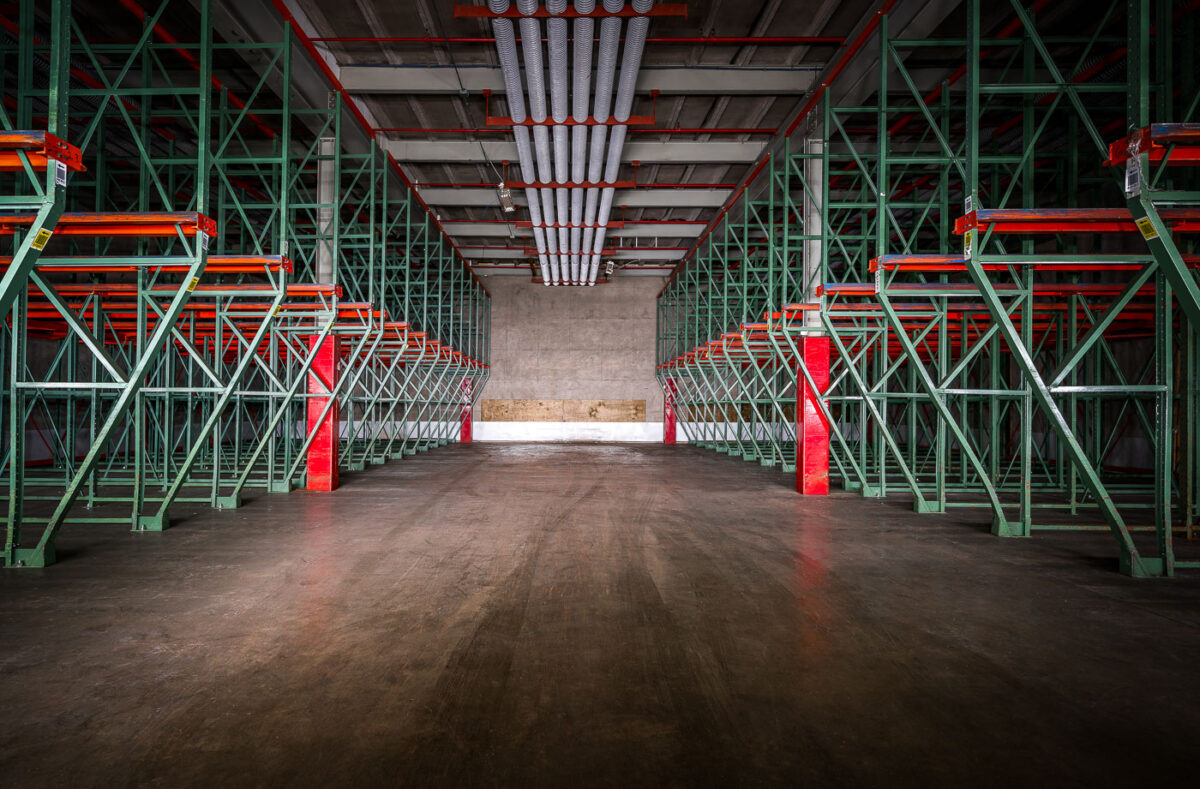
Inside the now demolished Hopkins Cold Storage facility in Hopkins, Minnesota.
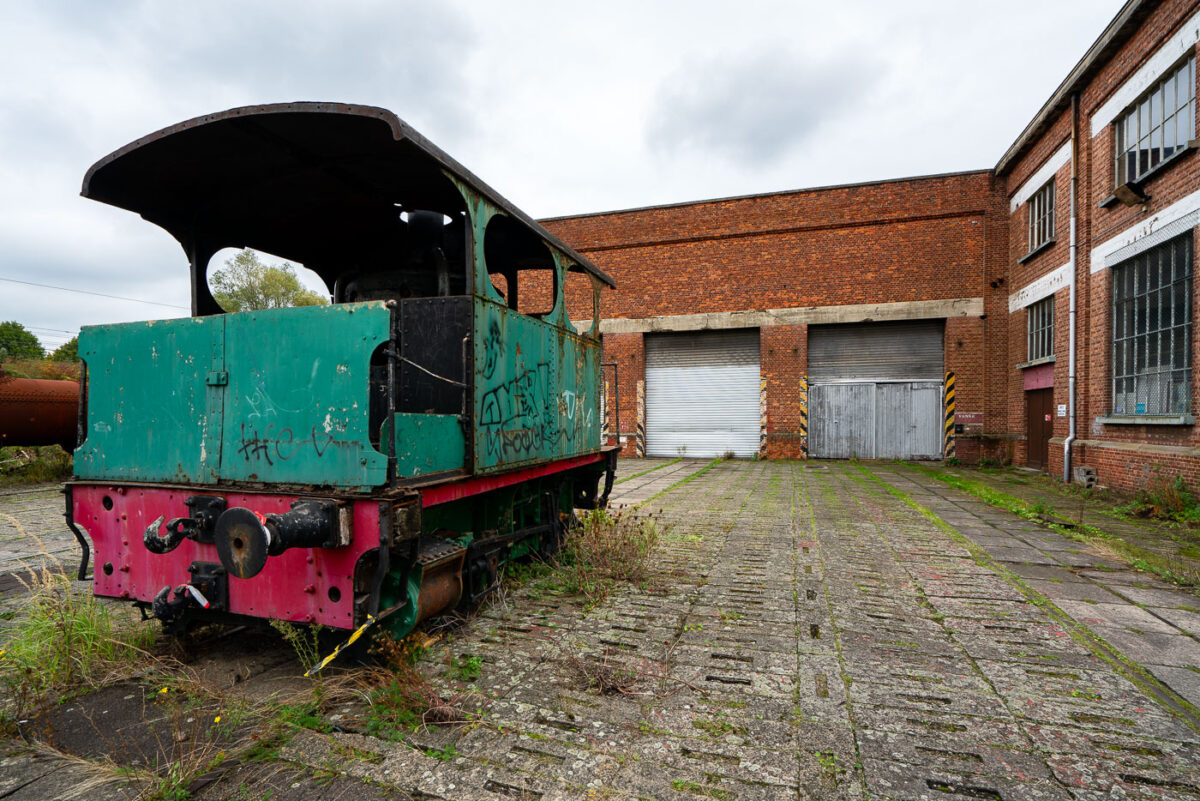
Abandoned trains in Belgium.

A decommissioned SNCB/NMBS Autorail Série 400, unit no. 4001, rests abandoned on a disused siding near Charleroi, Belgium. Built in the early 1950s by BN (La Brugeoise et Nivelles), these diesel multiple units were among Belgium’s first post-war efforts to modernize regional and intercity rail travel, replacing steam on secondary lines. The streamlined design and two-tone red-and-cream livery reflected the optimism of that era’s industrial renewal. Decades later, this car’s faded paint, shattered windows, and rust-etched steel now mark the slow decay of a machine that once represented progress in Belgian transport history. The surrounding derelict depot underscores the decline of Wallonia’s railway manufacturing heritage.
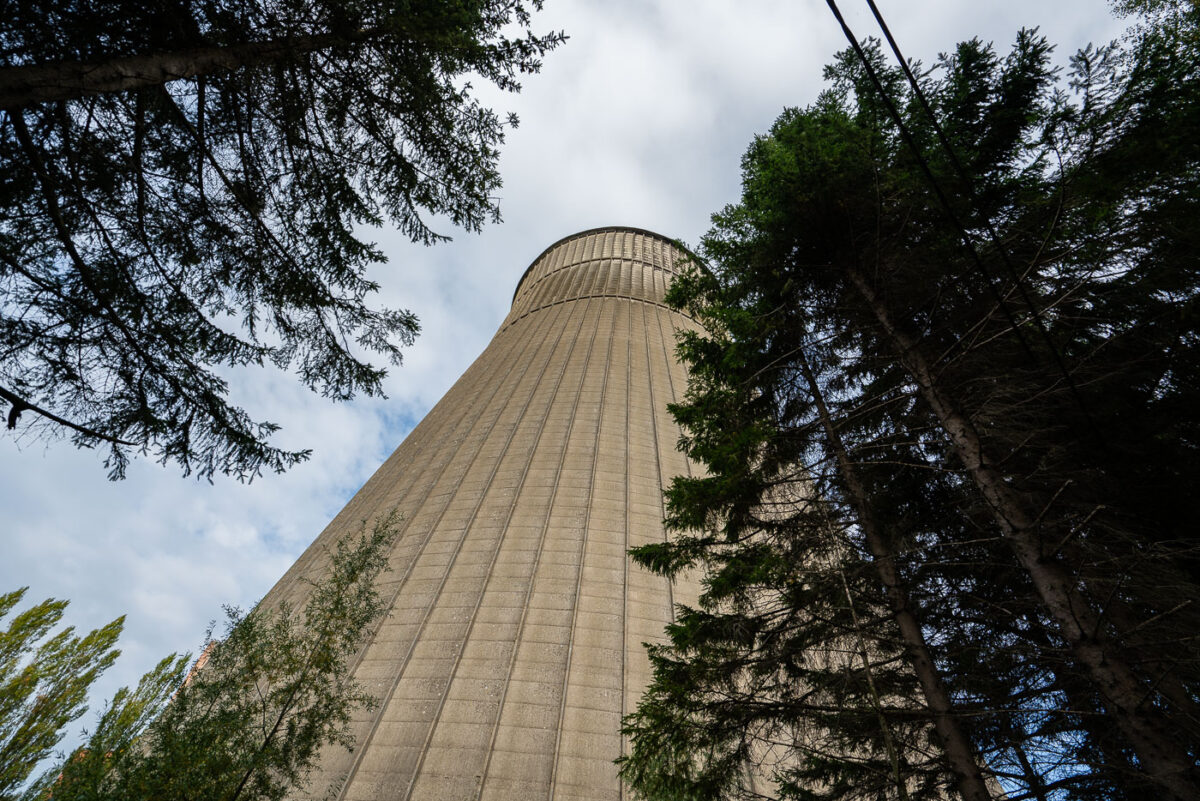
A 118-meter-tall cooling tower stands amid overgrown trees at the former Monceau-sur-Sambre power station near Charleroi, Belgium. Constructed in the 1960s as part of a large coal-fired generating complex operated by Electrabel, the hyperboloid structure was engineered from reinforced concrete with vertical ribbing to support its weight and withstand wind pressure. The tower once cooled thousands of cubic meters of water per hour, discharging excess heat from the station’s turbines that supplied electricity to the industrial Walloon region. Following the plant’s closure in the early 2000s, the site has remained disused, its monumental scale and weathered surface now emblematic of Charleroi’s industrial decline and gradual environmental recovery.
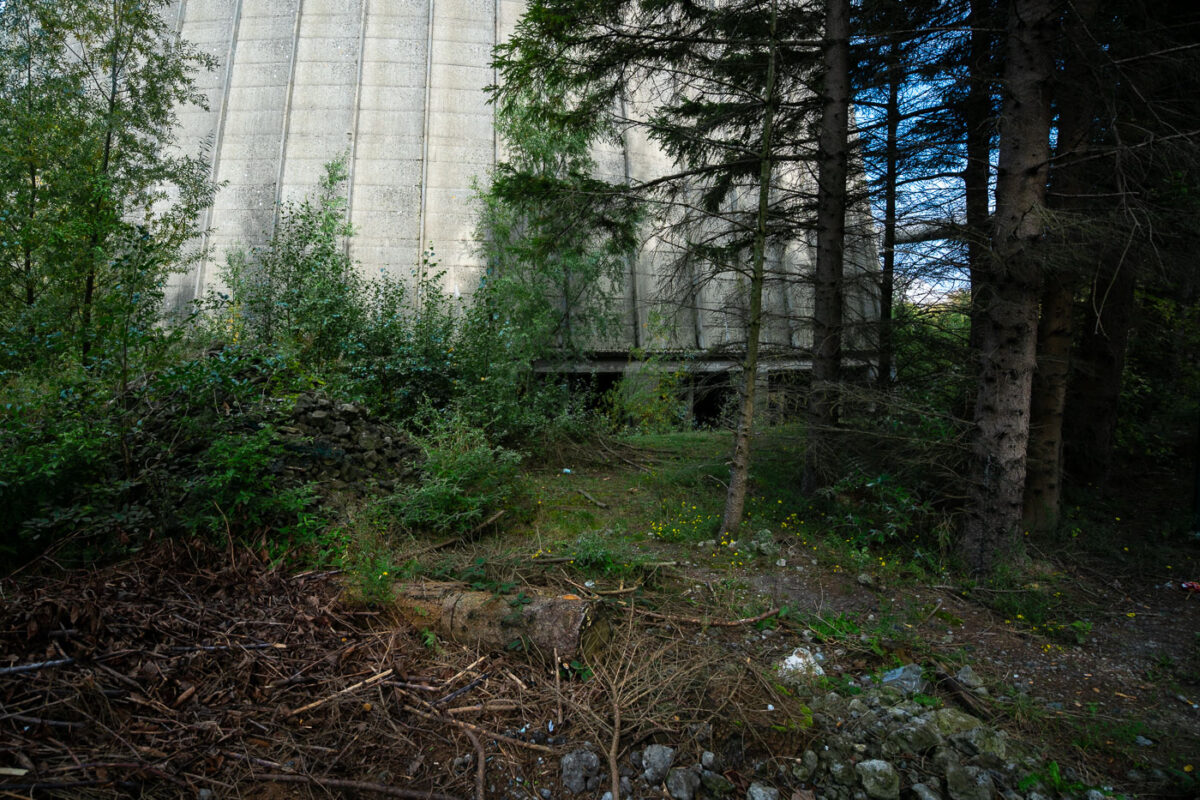
Dense vegetation surrounds the concrete base of a decommissioned cooling tower in Charleroi, Belgium. The structure’s massive form rises from a patch of overgrowth and debris, where nature has begun reclaiming the once-industrial site. The cooling tower, part of an abandoned power plant complex, remains a reminder of the region’s post-industrial landscape and transition away from coal-era energy infrastructure.